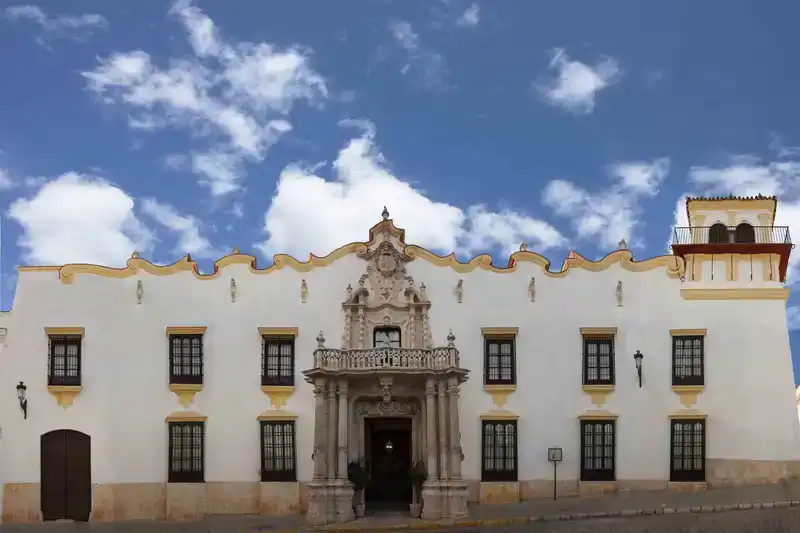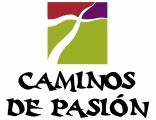


Some historians and geographers from the classical period such as Estrabón, Plinio or Ptolomeo have referred to the Roman Urso. Before that, Apiano and Diodoro had written about the presence of Italian troops settled in this turdetan territory in order to fight against the Carthaginians or Viriato. However, in Osuna there were human settlements many centuries before and remains of prehistoric cultures which date back to the first millennium before Christ. The most well known remains were discovered by Engel and Paris in 1903; The “Bull” and the “Osuna reliefs” talk about an Iberian civilisation in which the best Mediterranean traditions from the East and Greece lived together.
The appearance of Rome entailed a radical change in all areas. After the battle of Munda, Urso became the last Pompeian stronghold against the Caesar troops during the civil war in which both sides fought for the hegemony of the Republic. “Urso” was turned into Colonia Genitiva Iulia by Caesar, receiving its own colonial law. These fragments, named “Osuna bronzes”, are exceptional legal documents from that period. The town became one of the main developed centres of Betica Roma. Some remains of its former splendour are the following: the ruins of the Roman Forum, the Roman Theatre or the Roman necropolis.
Hardly any remains of visigothic domination are preserved. preserved. The crisis of the Low Roman Empire gave rise to barbarian dynasties that divided the enormous Roman territory into smaller kingdoms. Un mundo cada vez más ruralizado se va imponiendo sobre la vieja civilización urbana latina.
With the arrival of Muslims at the beginning of the 8th century, the panorama changed drastically. The administrative and territorial structure of Osuna existing since Constantino times was not modified by the new lords. At the beginning of the 10th century Ûsuna acquired the status of Cora, becoming independent from Écija and the town lived some splendourous times. It ceased to be a fortified enclave and started having the appearance of a town. From the Islamic period we only preserve some remains of the defensive complex of the town such as the so called Water Tower and the thick walls of the ancient fortress for over two centuries of borders wars

Latin writings on bronze
The later urban development can help us explain the moderation of the remains from that period. In 1240, Fernando III took possession of the town, which did not entail any significant alteration of the population in the first phase. After 1264, during the Mudejar rebellion the greatest transformations were produced. The muslisms were expelled from the town and the fortress was taken by the Order of Calatrava, as an important enclave, necessary to defend a sector called “Banda morisca”. After two centuries of a hard border life, a transcendental event takes place in 1464. Pedro Girón takes possession of Osuna and turns it into the capital of his noble state which was consolidated to his son Alfonso Téllez Girón, first count of Ureña. The destiny of this town is linked to this family and its appearance will be largely the result of the action of this aristocratic lineage. Los Girones comienzan por poner en ejecución un elaborado programa constructivo tendente a dotar de un aparato simbólico, que refleje la imagen deseada por los señores. In that time, Osuna turned into a court focus. The former Alcazaba (Moorish fortification) was remodeled at the beginning of the 16th century. The medieval parish church of Santa María was replaced by the magnificent Renaissance building of the Colegiata de la Asunción, which was completed with the chapel of the Holy Sepulchre, one of the most interesting examples of the 16th century. The counts of Ureña (Juan, Pedro and Juan) hired the best artists of that time who were gathered in Sevilla. Among the artists directly related to this parish church we can mention Diego de Riaño, Martín Gaínza, Hernando de Esturmio, Roque Balduque, Luis de Morales, Arnao de Vergara, Juan de Zamora, etc. The entire ornamental display was completed thanks to the donation by Catalina Enríquez de Ribera, consisting of five magnificent paintings by José de Ribera and a carving of Cristo de la Misericordia by Juan de Mesa.
The town’s group of monuments will be completed with the University and the hospital of the Encarnación, both founded by the IV Count of Ureña, father of the First Duke of Osuna. This title was given to the Girón family in 1562 by King Phillip the II. At the same time of this aristocratic rising, the House of Osuna tends to connect with the royal court. Its presence in the town becomes less and less usual. Finally, the era of foundations, carried out by the work of Juan Téllez Girón, who transformed the religious aspect of the town, seems to be over. At the same time of this building process, in the 16th century the town exceeds the limits of the old medieval wall and spreads outside. In this century, the urban framework is mainly established, and the different religious establishments are set: San Francisco, La Concepción, Santa Clara, San Pedro, el Espíritu Santo and Santa Catalina. This list will be complete in the 17th century with the convent of Jesuits –San Carlos el Real-, la Merced, las Descalzas and the hermitage of the town’s patron saint, San Arcadio.
In the 17th and mainly in the 18th century, there is a rise of the local aristocracy and big landowners. They will be responsible of the baroque style in the streets of the town, especially in San Pedro, Sevilla and La Huerta streets. There are some examples of palaces and ancient noble houses from the Renaissance, but the large mansions from the 18th century are the ones which will set the standards of the Osuna’s civil architecture. The Cepeda, Torres, Govantes, Rosso, Tamayo and other families will try to demonstrate their wealth with decorated stone facades. The Marqués de la Gomera Palace is undoubtedly its main exponent: its facade, with two colonnade blocks, is crowned with the aristocratic coat of arms. The mixtilinear contour of the ledge disappears on the corner of the viewpoint tower. It is the baroque style with a great load of movement. The religious class also takes part in this ornamental competition. Two of the best examples are the Cilla del Cabildo and the Merced Tower, both buildings designed by the Ruiz Florindo family in the last quarter of the 18th century. The imagination on the facades needs to be highlighted, especially on the Merced Tower. Classic elements are modified with the only limit of the stone’s utility.
Osuna did not profit from the development of the 60s of the 20th century. The emigration impeded the construction of factories and the town centre was barely modified. The town kept depending on the agricultural sector, which supposed harsh living conditions but allowed us to preserve a patrimony, amassed during centuries and examples of former nobility, so that any art and beauty lover can enjoy it nowadays.












